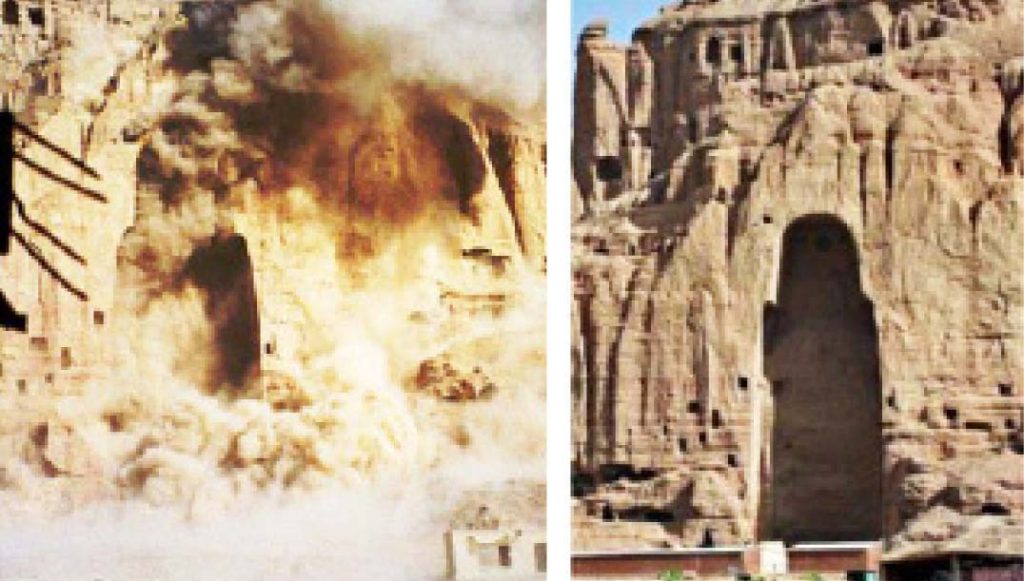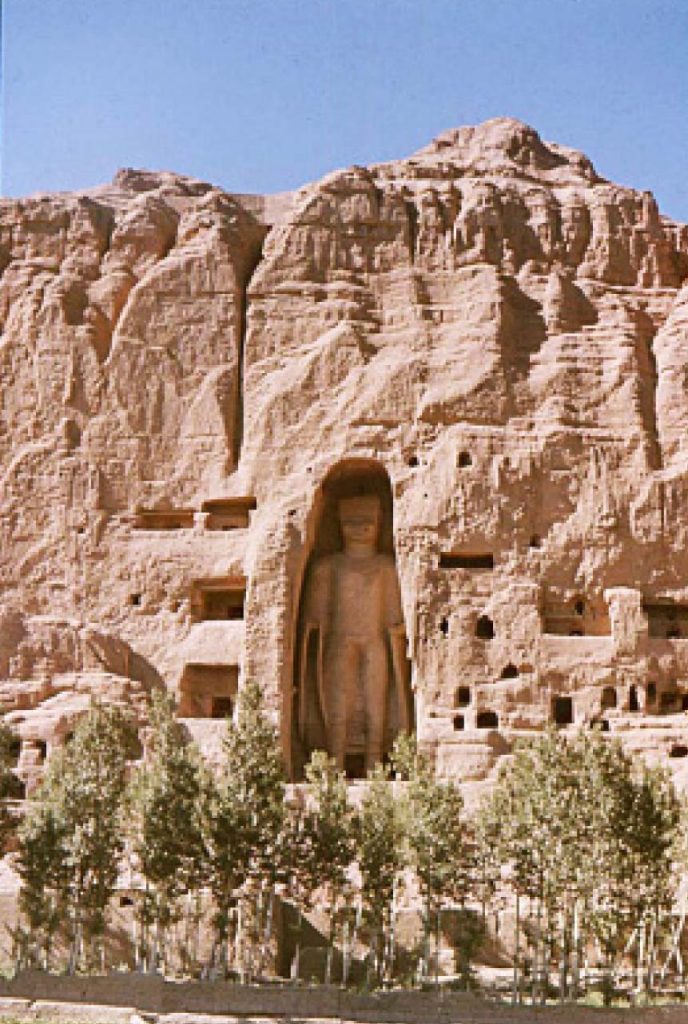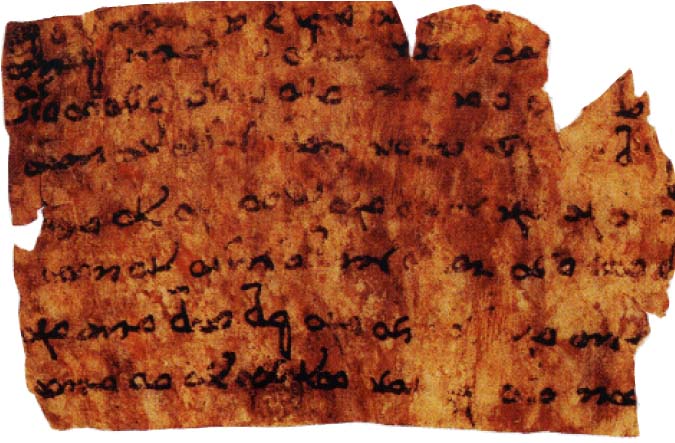May the light of Buddha increase radiance like sunlight,
May the dharma wheel roll out continuously to benefit all living beings,
May the triple jewel prosper and be present always in this world.
— Buddhist prayer
On April 3, the Seng Guan Temple and Bahay Tsinoy held a very special exhibit at the museum. Venerable Phrabommasith, Buddhist Minister of Thailand, will personally bring four pieces of ancient fragments of Buddhist manuscripts found in a cave in Bamiyan, Afghanistan for exhibition in Bahay Tsinoy from 4 p.m. to 7 p.m. only.
Although Buddhism is widely practiced in Asia, very little is known about the history and culture that Buddhism had a hand in influencing. When a rich source of Buddhist manuscripts was discovered in a cave in Afghanistan, it elicited scholarly interest. For Buddhist scholars, this huge find of well-preserved though fragile manuscripts promised valuable information and insight into the history of Buddhist tradition and its development throughout Asia.
In 1996, Martin Schoyen purchased a fragment of manuscript from a London bookseller and started what has come to be known as the Schoyen Collection.

It is considered the largest private collection of various manuscripts (geographic, linguistic, textual and material) from around the world, spanning 5,000 years of history. Most of the materials are kept in Oslo and London.
Schoyen’s efforts played a major role in rescuing these items to enable the study as well as preservation of this heritage. He generously opened up the collection for scholarly research, greatly enhancing our understanding of the history of Buddhism.
The manuscripts (most of them in fragments) were discovered in a cave in Bamiyan Valley, Central Afghanistan, in 1993-1995, by the locals fleeing the invading Taliban forces. A study of the manuscripts revealed they were from between the second and eighth centuries A.D. Scholars believe that the original collection was destroyed by invading Muslim armies and the surviving manuscripts were meticulously kept by monk-scribes in earthen jars and buried in caves. The dry climate of Afghanistan helped in preserving the precious relics.
A significant number of other fragments were damaged when the Taliban bombed a carved stone statue of Buddha located near the caves in 2001.
Many of these fragments were collected by the Schoyen group from 1997-2000, through purchases from Afghan tradesmen and London antiquarians. The bulk of the material comprised around 5,000 leaves and fragments and around 7,000 micro-fragments written on palm leaf, birch bark, vellum, leather and copper.

The Buddhist manuscripts in the Schoyen Collection not only contain valuable information about how Buddhism developed in India, but it also gives insight about Buddhism and its association with the Silk Road. It sheds light on how Gandhara (ancient name for Peshawar, Pakistan) helped influenced the shaping of Buddhism in the Bamiyan region. It was the Gandharan form of Buddhism that was first encountered by the peoples in these parts of Asia, when monks traveled along some of the routes of the Silk Road. The Buddha statues and the cave art in Bamiyan Valley are representations of Gandharan Buddhist art in the Central Asian region.

So the Silk Road brought not just trade between China, India and the West, it encouraged the flow of cultures: Greek art influencing Buddhist art, travel also brought the scripture teachings to China, where they were translated into Chinese and helped shaped Buddhist thinking, religious practice and culture into today’s Chinese, Korean and Japanese expressions of Buddhism.
The scripts were identified to have been written in three systems, namely Brahmi, Kharosthi and the Bactrian variant of Greek. An overwhelming majority were written in Brahmi, which is also the source of most indigenous scripts of South Asia as well as the major Southeast Asian scripts.
The composite manuscript has around 500 folios and contains various texts. From the various sutras, four have been identified to belong to a single, larger manuscript, the Mahayana Sutra Manuscript.
Sutras (Sanskrit for “string” or “thread”) are recordings of oral teachings of Gautama Buddha though in Indian tradition, it refers to aphorisms in the form collected as a manual. Mahayana (Sanskrit for the “Great Vehicle”) is one of the two major branches of Buddhism, originating in India. Mahayana also refers to the path of seeking complete enlightenment, and is also called Bodhisattvayana.
Mahayana sutra is a broad genre of literature that survived mainly as Chinese and Tibetan translations of the original Sanskrit texts which became the foundation of the various Mahayana Buddhist schools. The Mahayana sutras are considered legacies of Buddha, although the early versions were not texts but oral teachings preserved through traditional practices or recitations by his disciples or followers.
One may conclude that these scripts may not seem important or relevant when seen from a religious perspective because of uncertainties and incompleteness, since a lot of the materials were damaged or irretrievable, or were lost in translation or could hardly be translated. But such artifacts, when seen from a historian’s point of view, could be valuable in the study of civilization and culture as well as the evolution of languages and understanding of historical events. — First published in Tulay Fortnightly, Chinese-Filipino Digest 28, no. 20 (March 15-April 4, 2016): 16.





